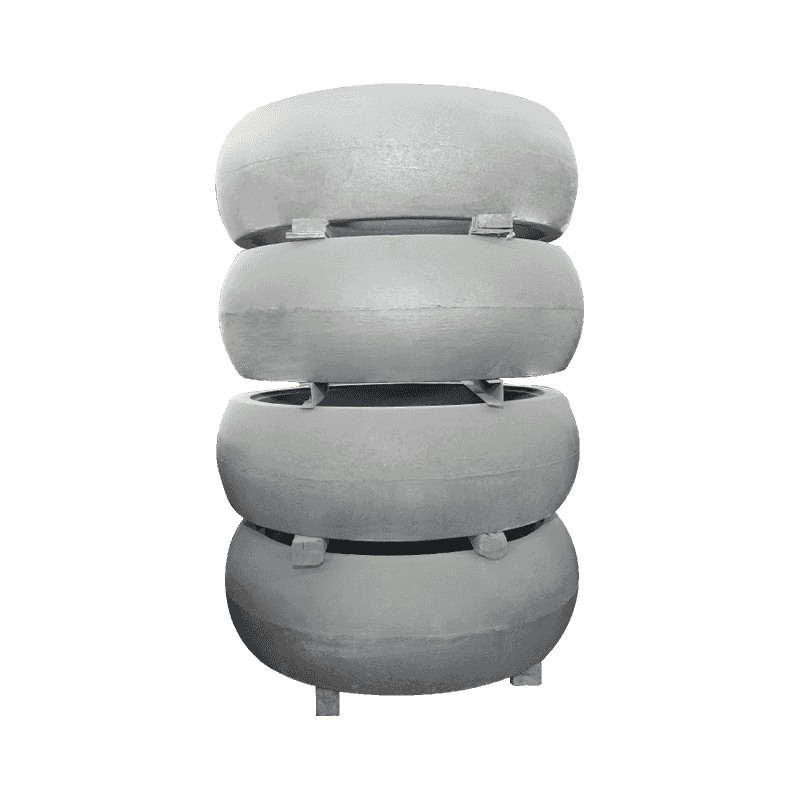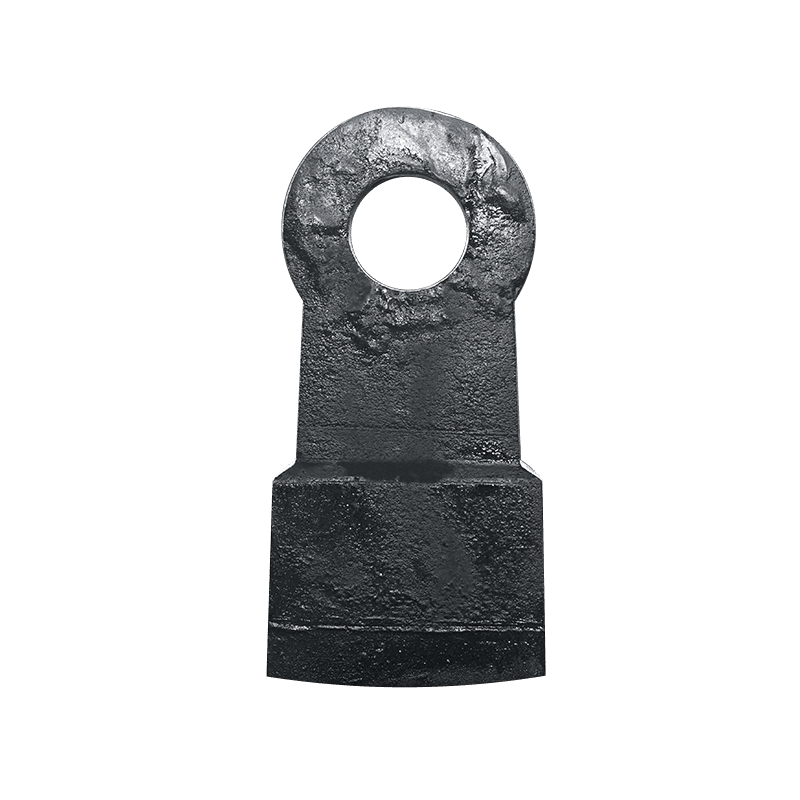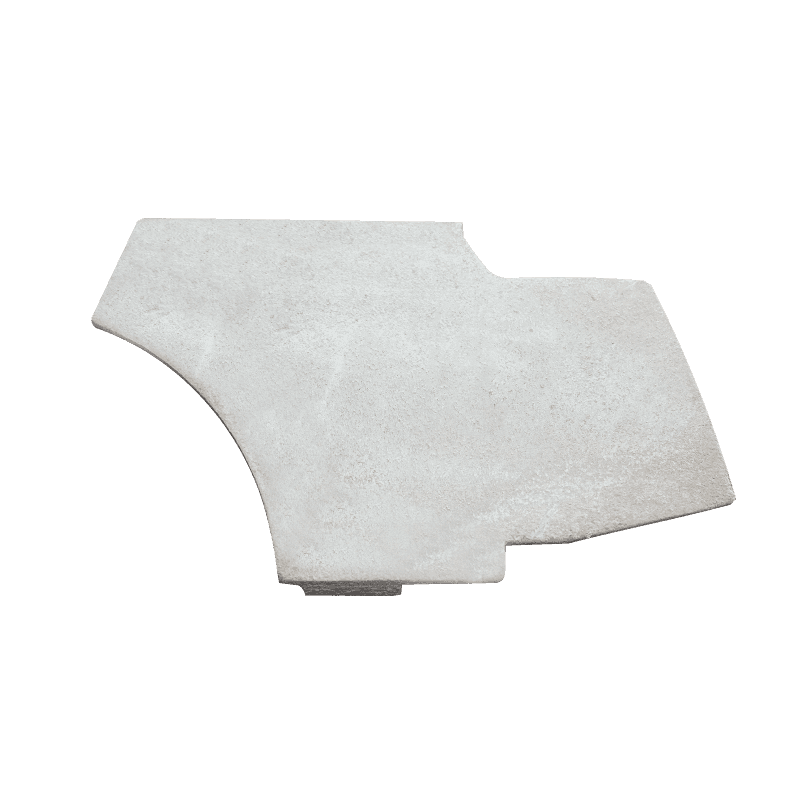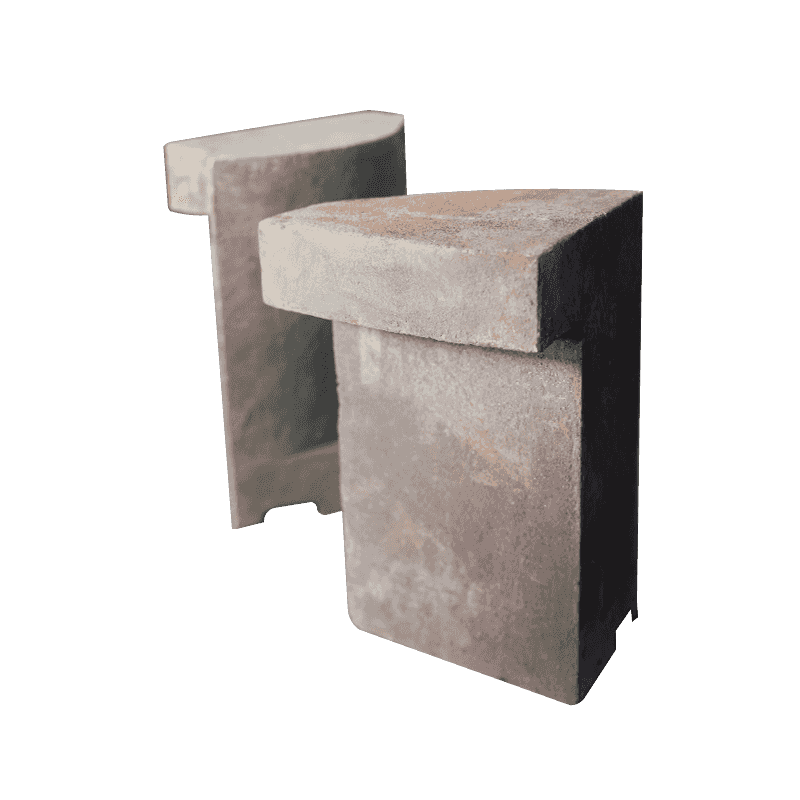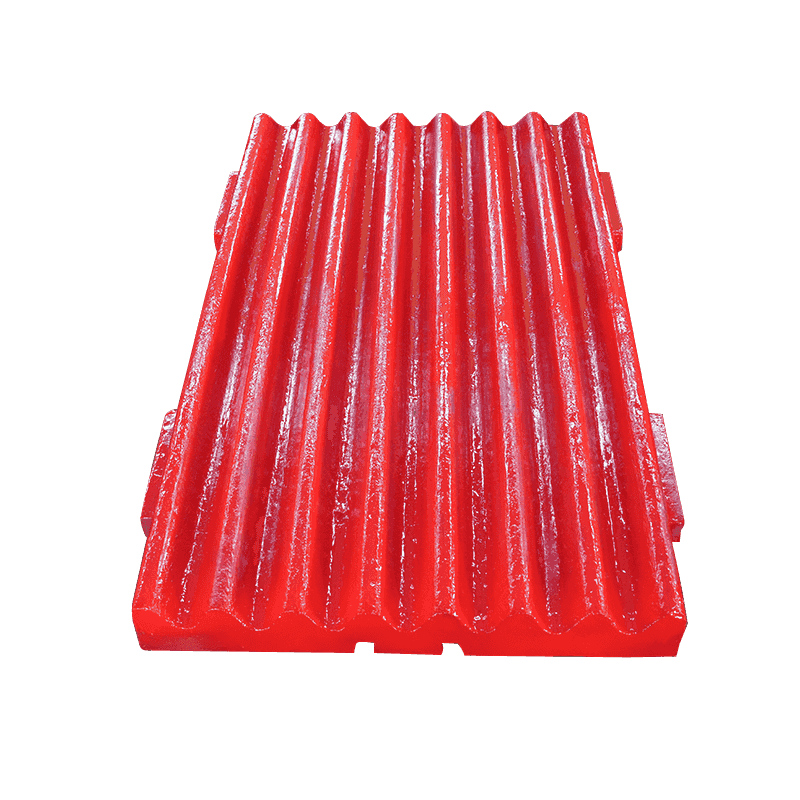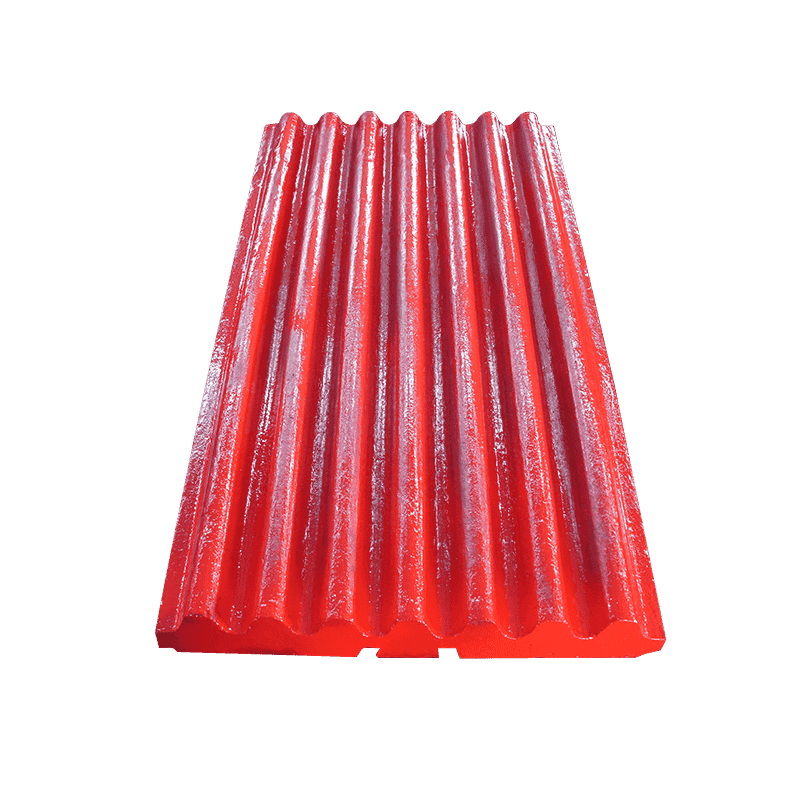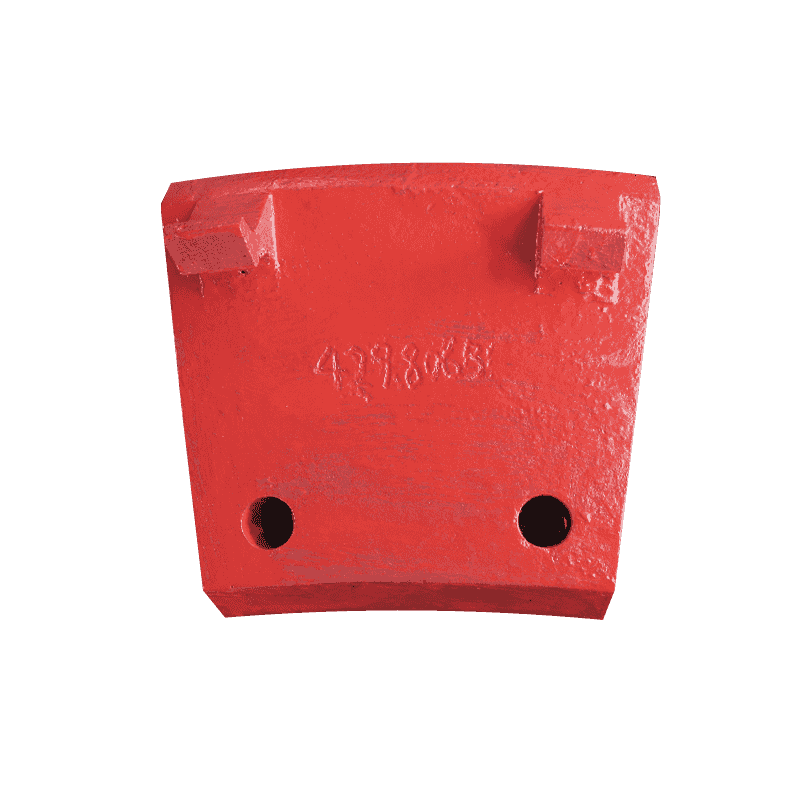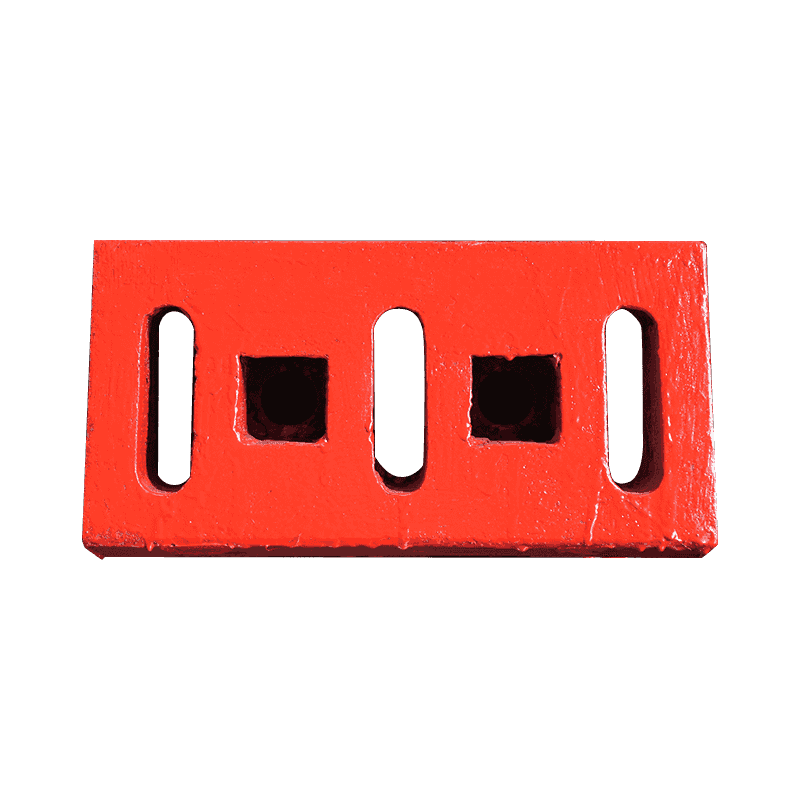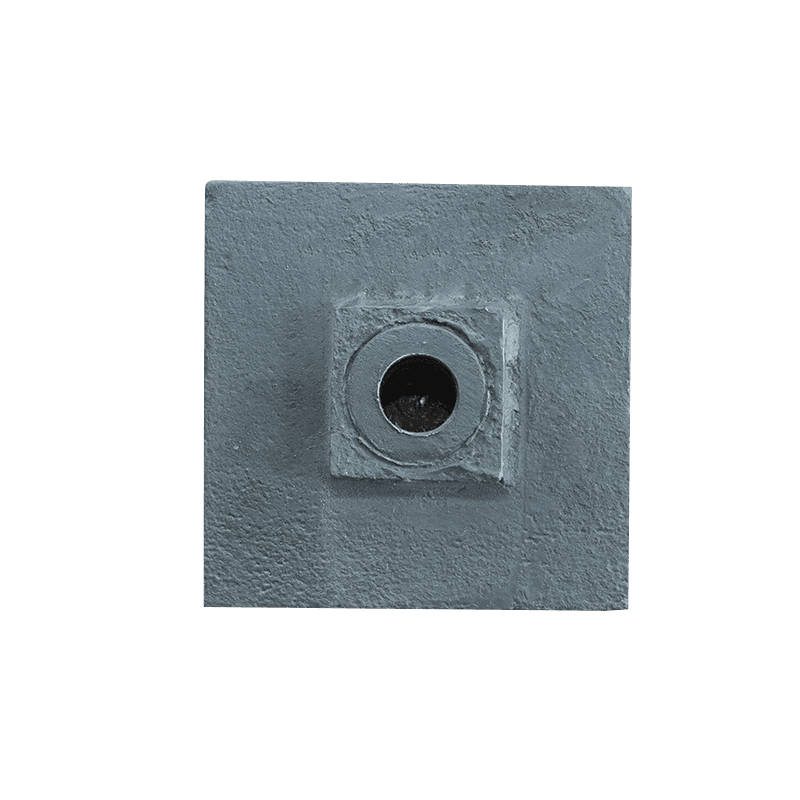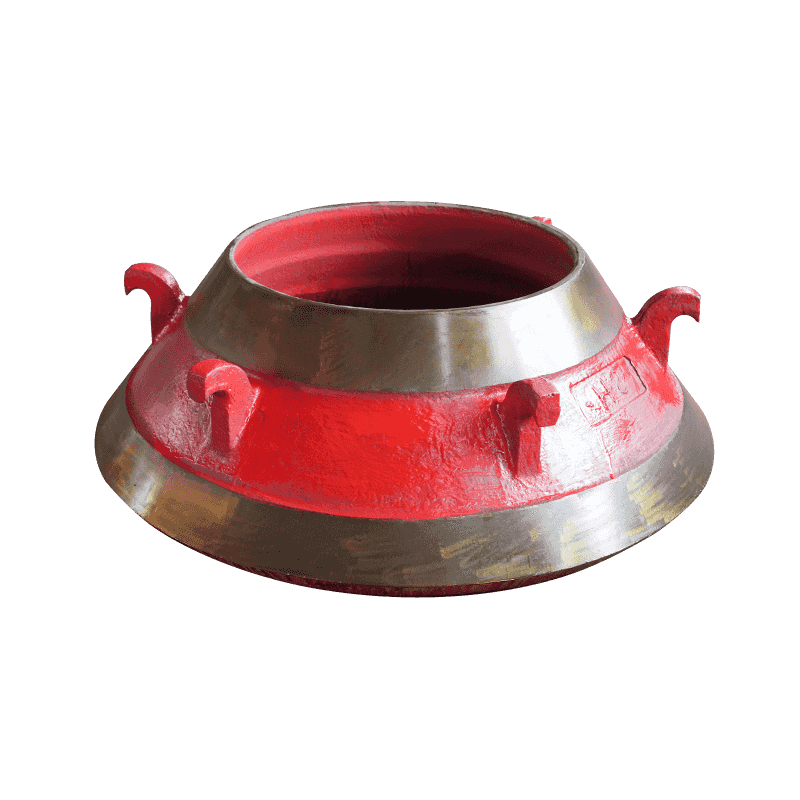How does the grain structure of High Manganese Steel Castings affect their fatigue resistance and performance under high-stress conditions?
The grain size of High Manganese Steel Castings is a key factor in their overall fatigue resistance. A finer grain structure enhances the material's ability to resist fatigue, which is critical in applications where components are subjected to repeated or cyclic stresses. Smaller grains reduce the likelihood of crack initiation since they distribute applied stress more evenly across the material. When a casting has a finer, more homogeneous grain structure, the resistance to crack propagation is significantly improved. This is particularly important for High Manganese Steel used in applications such as crushers, mills, or any other equipment that experiences high levels of dynamic loading, where the material must withstand repetitive stress cycles over time. In contrast, a coarser grain structure can lead to a reduction in fatigue resistance, as cracks can more easily initiate at the larger grain boundaries.
The interaction between the grain boundaries and stress plays a vital role in the fatigue behavior of High Manganese Steel Castings. Grain boundaries serve as natural barriers to crack propagation, as cracks must travel along or around these boundaries. The finer the grain structure, the more grain boundaries exist to intercept and deflect the crack’s path, which increases the material's resistance to crack growth under stress. In High Manganese Steel, the grain boundaries are integral to its performance under high-stress conditions. A finely tuned grain structure minimizes the size and number of potential crack initiation points, ensuring the steel can absorb and distribute stresses more effectively, ultimately enhancing the material’s resistance to fatigue. For example, in high-stress environments like crushers or mining equipment, where constant impact or abrasion is present, the fine grain boundaries help to prevent catastrophic failure by slowing down crack propagation.
Manganese plays a critical role in refining the grain structure of High Manganese Steel Castings, primarily by promoting the formation of austenite, a phase of steel that is crucial for enhancing toughness. Manganese helps stabilize the austenitic phase of the steel during both the casting and heat treatment processes. This stabilization prevents grain growth during the cooling phase, resulting in a finer and more uniform microstructure. The finer the grains, the more effective the casting is at withstanding cyclic loading without premature fatigue failure. Manganese can reduce the likelihood of segregation, where certain elements concentrate in specific areas, causing microstructural weaknesses. By refining the grain structure, manganese contributes to improved fatigue resistance and overall material performance in high-stress applications like mining, cement production, or heavy machinery operations, where components are subjected to extreme mechanical loads.
Heat treatment is a critical step in optimizing the mechanical properties of High Manganese Steel Castings, particularly in controlling grain structure to enhance fatigue resistance. Techniques such as quenching and tempering are commonly employed to refine the grain structure and increase the casting’s toughness and impact resistance. During quenching, the casting is rapidly cooled, which hardens the steel and typically leads to the formation of smaller grains in the austenitic matrix. This fine-grain structure improves the steel’s ability to resist fatigue crack initiation. Tempering, which follows quenching, involves reheating the material to a lower temperature to relieve internal stresses and improve ductility. The combination of these heat treatment processes optimizes both the hardness and toughness of High Manganese Steel, enhancing its ability to endure repeated stress cycles without failure. By carefully controlling the heat treatment process, manufacturers can ensure that the castings achieve an optimal balance between hardness, toughness, and fatigue resistance, making them ideal for applications that require high levels of impact resistance.

 English
English  русский
русский  عربى
عربى 